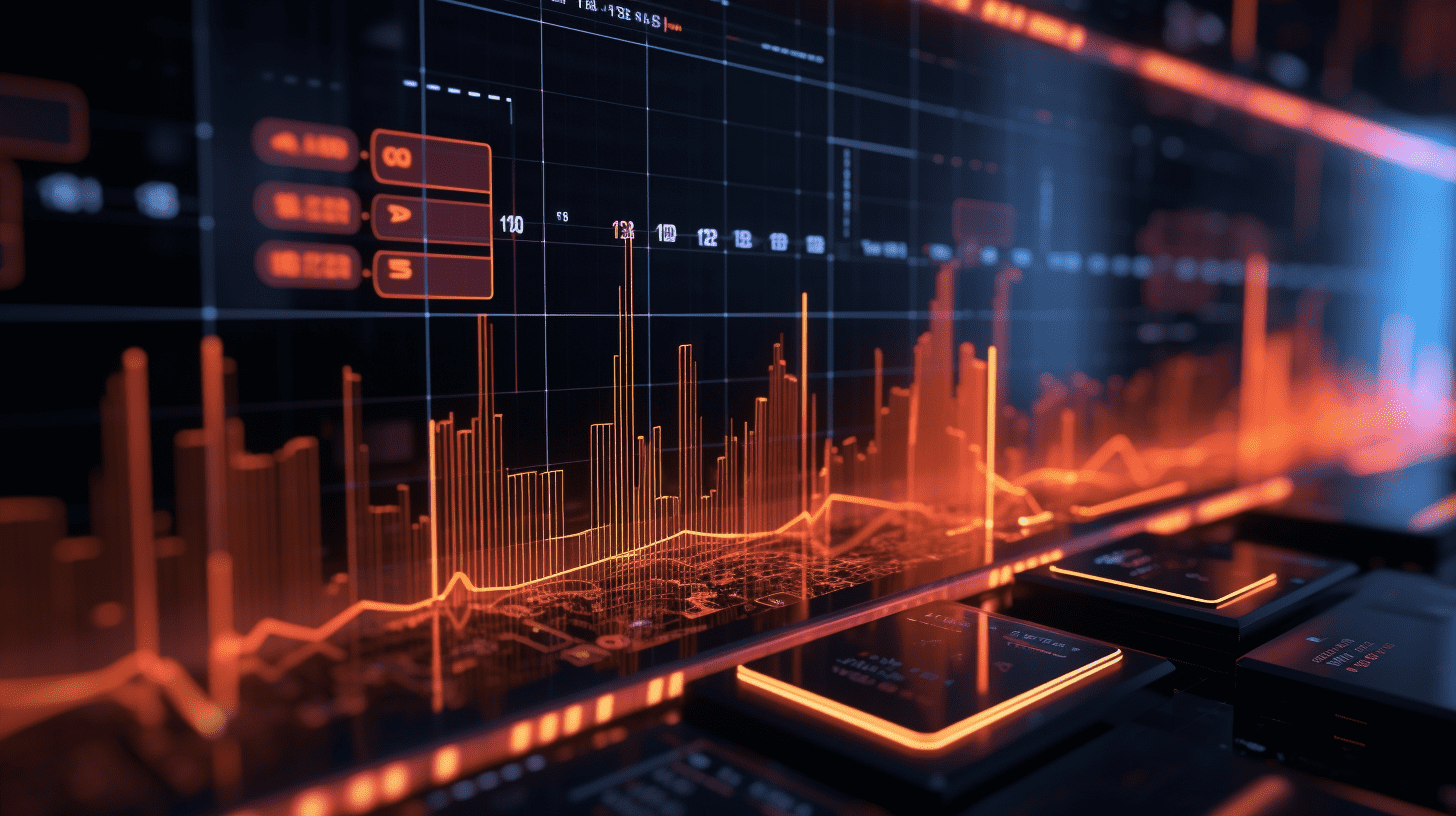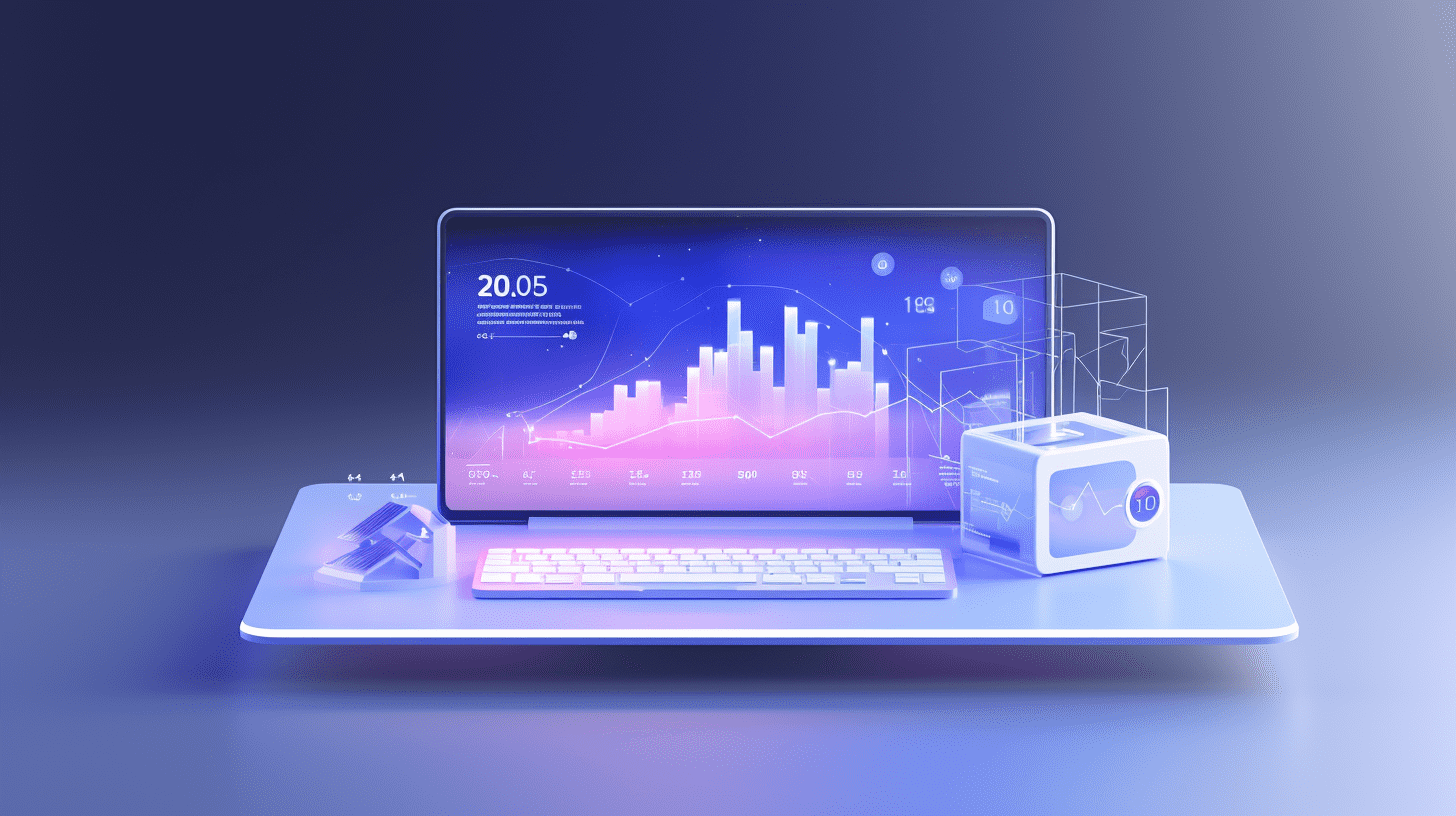"FOMO" drives the market, catalyzing record highs for US stocks! Options buying interest surges towards high volatility stocks such as NVIDIA Corporation (NVDA.US) and Tesla, Inc. (TSLA.US).
The signals released from the derivative market show that investors went crazy buying call options last week, trying to capture excess returns beyond the index performance through leveraged tools.
After the S&P 500 index hit its first all-time high since February this year, traders are betting with unprecedented enthusiasm on the continuation of the market's upward trend. Signals from the derivatives market indicate that investors were frantically buying call options last week, attempting to capture excess returns beyond index performance using leverage tools.
In this speculative frenzy, NVIDIA Corporation (NVDA.US) has become the most prominent target. The trading volume of call options for the stock on Wednesday was nearly three times that of put options, marking the largest trading volume differential this year. The call-to-put ratio of the leading financial sector ETF soared to a four-month high, while Meta Platforms' hedge costs fell to a two-month low.
Chris Murphy, head of derivatives strategy at Sasquicahna International Group, pointed out that behind this wave of risky operations is investors' deep anxiety over missing out on a super rebound opportunity (FOMO). Despite ongoing turmoil in the Middle East, the market seems immune to the risks of GEO Group Inc, while concerns about slowing economic growth and weakening corporate profits are acting as catalysts. "FOMO" (Fear of Missing Out) - the fear of missing out on a potential surge in prices, is also known in the financial markets as "fear of missing out".
Data shows that in addition to NVIDIA Corporation, momentum stocks such as Uber Technologies, Inc. (UBER.US), Tesla, Inc. (TSLA.US), and Robinhood (HOOD.US) all saw significant purchases of call options last week, exhibiting typical FOMO characteristics of "almost all call flow, momentum call buying, and buying put options on dips".
The direct catalyst driving this upward trend is the optimistic expectations in the market for a breakthrough in the US-China trade negotiations. Reflected in the options market, demand for put options tracking the largest ETFs for the S&P 500 index plummeted, indicating a sharp rise in risk appetite. However, sudden changes in international developments continue to pose significant disruptions: on Friday, Trump announced the termination of trade negotiations with Canada and threatened to impose tariffs, leading to a sharp drop in US stocks during trading hours, but fortunately, they recovered lost ground at the end of the day and hit new highs.
These conflicting signals reflect the fragile balance in the current market. Strategists at Bank of America Corp warned that the influx of funds resulting from rate cut expectations is creating a speculative bubble that could be shaken during the upcoming earnings season, especially with frequent corporate profit warnings. Against a backdrop of high macroeconomic uncertainty, any minor changes could trigger a chain reaction. Murphy emphasized that call options have become the preferred speculative tool: by paying a premium to lock in purchase prices, investors can control the maximum loss risk while retaining potential upside gains.
Further evidence of the fervent sentiment can be seen in fund flow data. The performance gap between high beta ETFs tracking high-volatility stocks and low-volatility ETFs may hit a record high since 2020; the monthly return of the most shorted stock portfolio by Goldman Sachs Group, Inc. could reach a peak since February 2024; according to JPMorgan's monitoring, the acceleration of retail funds into the market typically signals a temporary peak in risk appetite. This trend of chasing risky assets is further validated by the skewness index of options on speculative targets such as Tesla, Inc., ARK Innovation ETF, and Coinbase (COIN.US), with traders willing to pay a higher premium for call options.
Options trader Tom Keane from Piper Sandler believes that the rebound in call option trading volume, coupled with the increase in implied volatility, clearly outlines the market psychology driven by FOMO. "The traditional summer season combined with the expected easing of macro risks has left participants unprepared for the strong trend," he analyzed. Despite lingering risks such as the tariff deadline, the low actual volatility environment provides a "self-fulfilling catalyst" for speculative funds, pushing the market to exhibit typical bubble-like characteristics of buying more as prices rise.
Related Articles

The worst in half a century! The US dollar index plummeted by 10.8% in the first half of the year, with Trump's policies and expectations of interest rate cuts acting as a "double blow".

ECB strategy adjustment: Lagarde announces introduction of scenario analysis to address inflation uncertainty.

BlackRock's CIO: Long-term US Treasury bonds are currently not attractive, US stock returns are more appealing.
The worst in half a century! The US dollar index plummeted by 10.8% in the first half of the year, with Trump's policies and expectations of interest rate cuts acting as a "double blow".

ECB strategy adjustment: Lagarde announces introduction of scenario analysis to address inflation uncertainty.

BlackRock's CIO: Long-term US Treasury bonds are currently not attractive, US stock returns are more appealing.

RECOMMEND

Trump Signals End to Trade Talks, Vows to Impose Tariffs Unilaterally Ahead of July 9 Deadline
30/06/2025

One License Unlocks HKD 23.4 Billion Surge: Unpacking Hong Kong’s Ambitions as a Global Virtual Asset Hub
30/06/2025

16 Companies Submit IPO Applications in One Day; Hong Kong IPO Fundraising Hits Three-Year High
30/06/2025


